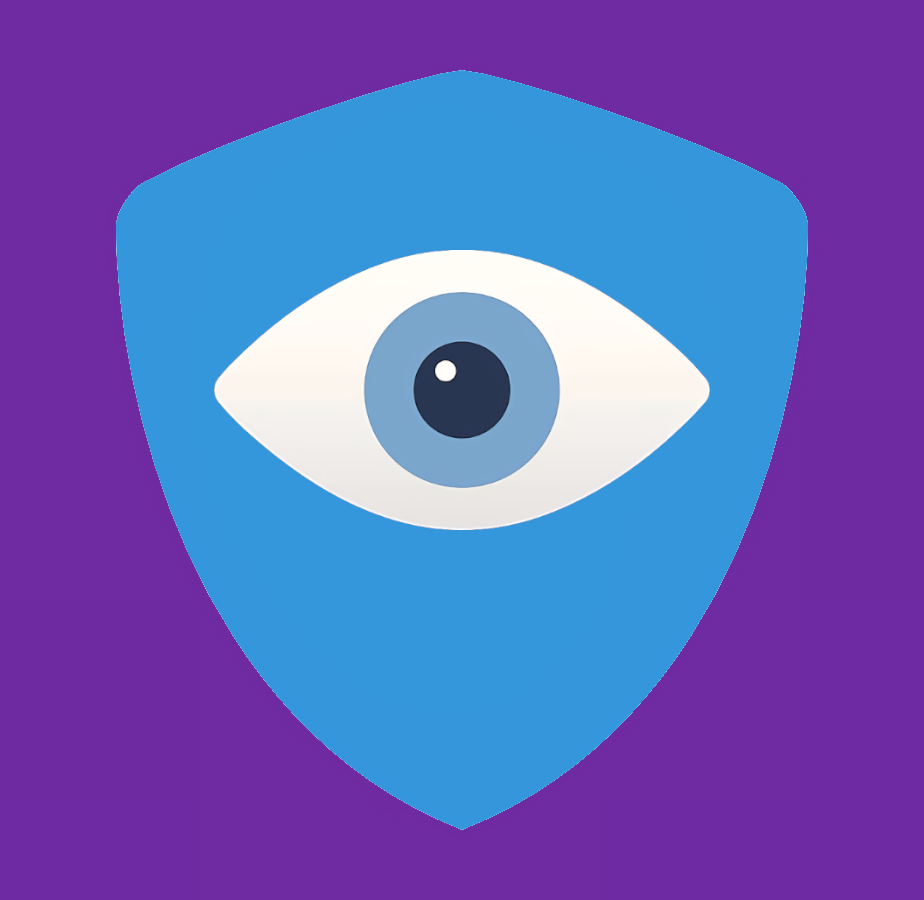

That I agree with. Microsoft drafted the recommendation to use it for local networks, and Apple ignored it or co-opted it for mDNS.


That I agree with. Microsoft drafted the recommendation to use it for local networks, and Apple ignored it or co-opted it for mDNS.


Macs aren’t the only thing that use mDNS, either. I have a host monitoring solution that I wrote that uses it.


Yeah, that’s why I started using .lan.


I was using .local, but it ran into too many conflicts with an mDNS service I host and vice versa. I switched to .lan, but I’m certainly not going to switch to .internal unless another conflict surfaces.
I’ve also developed a host-monitoring solution that uses mDNS, so I’m not about to break my own software. 😅
Coincidentally, I just found this other thread that mentions EasyEffects: https://programming.dev/post/17612973
You might be able to use a virtual device to get it working for your use case.


It depends on the model you run. Mistral, Gemma, or Phi are great for a majority of devices, even with CPU or integrated graphics inference.


They added a video player with version 3, I think.


Now the question is - are they open sourcing the original Winamp, or the awful replacement?


My go-to solution for this is the Android FolderSync app with an SFTP connection.


I’m not familiar with creating fonts specifically, but you’ll want to commit any resources necessary to recreate the font file, including any build scripts to help ease the process and instructions specifying compatible versions of tooling (FontForge in this case). Don’t include FontForge in the repository, of course.
The compiled font files should be under releases in GitHub for the repository.
Git isn’t generally meant for binary resources but as long as they’re not too large, they’ll be fine. You just may not have meaningful ways to compare changes easily.


On Android, it moved SMS messages from the shared SMS store upon receipt and to Signal’s own database, which was more secure.
Of course!
The Docker client communicates over a UNIX socket. If you mount that socket in a container with a Docker client, it can communicate with the host’s Docker instance.
It’s entirely optional.
There’s a container web UI called Portainer, but I’ve never used it. It may be what you’re looking for.
I also use a container called Watchtower to automatically update my services. Granted there’s some risk there, but I wrote a script for backup snapshots in case I need to revert, and Docker makes that easy with image tags.
There’s another container called Autoheal that will restart containers with failed healthchecks. (Not every container has a built in healthcheck, but they’re easy to add with a custom Dockerfile or a docker-compose.)
It’s really not! I migrated rapidly from orchestrating services with Vagrant and virtual machines to Docker just because of how much more efficient it is.
Granted, it’s a different tool to learn and takes time, but I feel like the tradeoff was well worth it in my case.
I also further orchestrate my containers using Ansible, but that’s not entirely necessary for everyone.
You can tinker in the image in a variety of ways, but make sure to preserve your state outside the container in some way:
docker exec -it containerName /bin/bashYes, you can set a variety of resources constraints, including but not limited to processor and memory utilization.
There’s no reason to “freeze” a container, but if your state is in a host or volume mount, destroy the container, migrate your data, and resume it with a run command or docker-compose file. Different terminology and concept, but same result.
It may be worth it if you want to free up overhead used by virtual machines on your host, store your state more centrally, and/or represent your infrastructure as a docker-compose file or set of docker-compose files.


Especially when it comes to gateway configuration.


I’m using https://www.kavitareader.com/ with Moon+ Reader. Kavita supports OPDS feeds, which is perfect.


I’m using a combination of:
It would be extremely barebones, but you can do something like this with Pandoc.